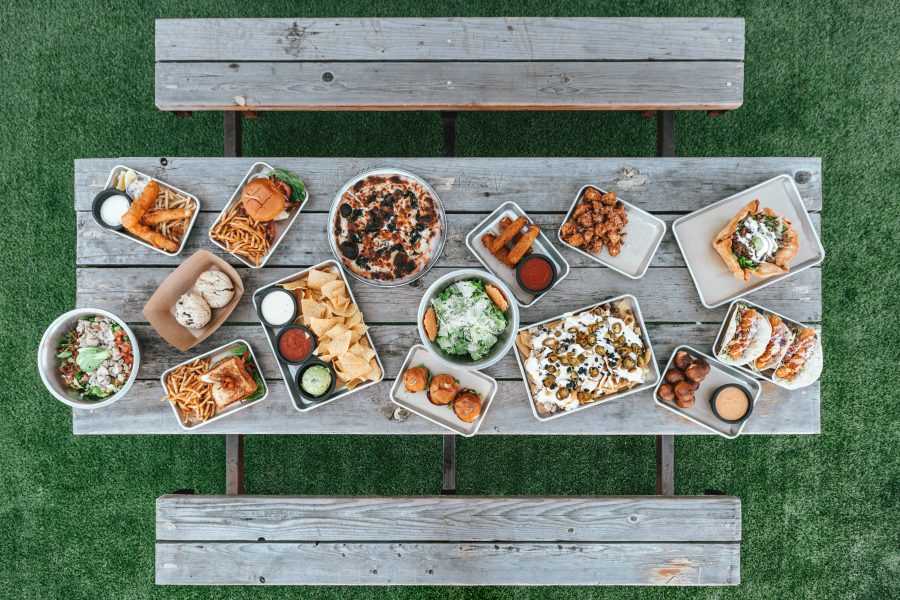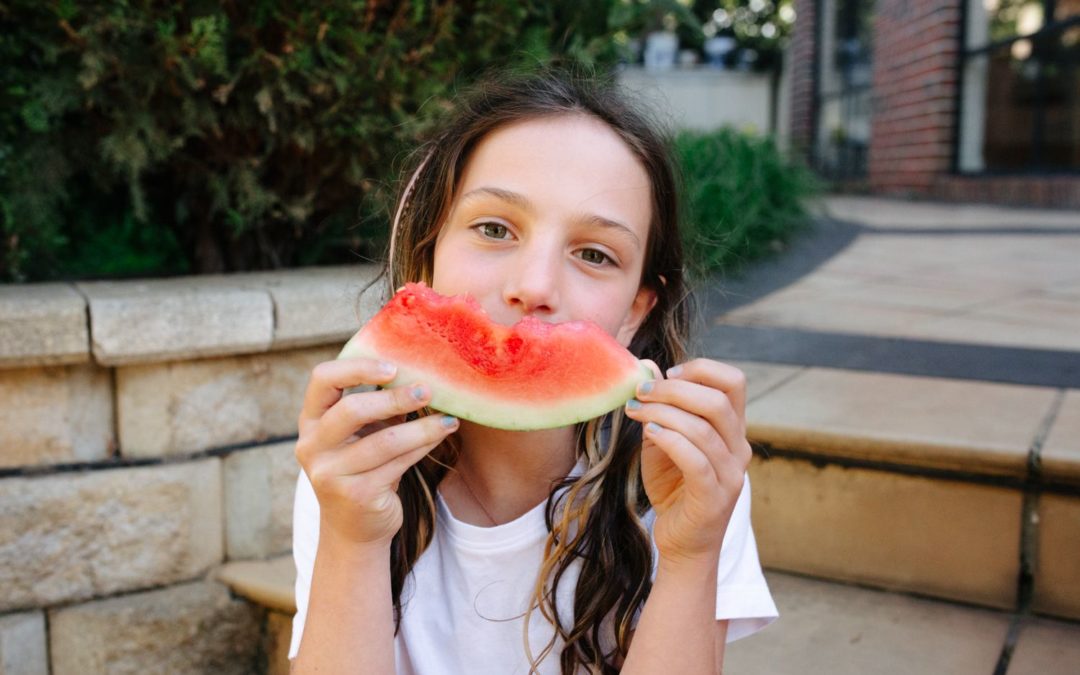Ask a group of parents about their child’s eating habits and many would say they wished their child was a more adventerous eater. And trust us, since Foost’s mission is to make meal and snack times more colourful, we hear these food frustrations a lot! Because of that, we recently discussed whether hiding veggies is a good idea just to get kids to eat them. I know that most parents aren’t just frustrated that they can’t get their kids to eat, they also feel guilty about it. If this all sounds too familiar, I have some good news and bad news. The good news is that it’s not your fault! Some picky eating is just a natural way for children to approach food and we are here to help ease the journey. The bad news is that it won’t happen over night. But we’re here to help with scientifcally proved methods to help kids accept and enjoy new foods and veggies!
Here are some our top ideas to help your kids to learn about new foods. To increase food acceptance as your child grows, research shows that it helps to:
1. Follow a Division of Responsibilty in Feeding
Some of the power struggles of feeding children can be reduced by following the Division of Responsibility in Feeding. The DOR also helps children to listen to and trust their own body’s hunger and fullness (a poerwful skill to nurture).
This idea divides the parent’s role to providing what food is on offer, when and where the food is eaten. It’s up to the child to decide if they eat, and how much they eat. It’s that simple (well in theory, it’s much trickier in practice to stick to your responisbility)!
The parent/carer chooses what foods to offer and at what times (as a guide 2-3 hours between meals and snacks). The children then decision whether to eat each item that is on offer and how much (maybe they want two serves of rice, a little children, some carrots but no broccoli today please).
Read more about DOR. DOR was developed by Ellyn Satter.
2. Create relaxed and enjoyable meal times
Our relationship with food is formed when we are young, so we want to have a positive relationship with it. When we stress about how many veggies our children are eating (which is easy to do), we often start to use desperate strategies like forcing and pressuring our children to eat (which is not enjoyable for anyone). We need to remember we are not just getting food into our children, we are helping them learn to eat for life and developing their relationship with food.
Creating relaxed and calm mealtimes allows children to eat calmly and if you eat with them, they are watching you enjoy different foods (even if they are not ready to try those foods themselves yet). Children are also more likely to eat and try new foods when they are feeling calm.
Trey this for creating calmer mealtimes:
1. take the food to the table
2. (improtant) take a deep, deep breath
3. bring the children to the table to start the meal
Remeber your food job is done when you put the food onto the table, it is up to the children whether and how much to eat. So try and focus on keeping yourself calm at the table and creating a nice atmosphere (rather than stressing over how much your child has eaten, it is hard to do!)
More tips for calmers mealtimes here.
3. Increase familiarity with food
You might be lucky enough to have a child that loves everything you put in front of them, but some children might be wary of new foods until they’ve seen, touched and tasted them multiple, multiple times . Learning to accept a range of foods is a journey and we all learn at different rates.
Kids learn through watching, imitating and experiencing. You can help their new food acceptance along by making sure to model the food behaviours you want to see in your kids. Don’t pull faces at food or vegetables you personally don’t like unless you want your children to copy you. Show them how delicious food can be by cooking foods in a way that you enjoy.
Also build food familiarity outside of the table through gardening, visiting the green grocer to choose different coloured fruit and veg and enjoy some veggie craft (drawing fruit and veg, making a recipe book together, using the ends of veggies as paint brushes). More ideas here.
4. Give kids the tongs
At Foost we like to promote the experience of pressure free mealtimes that are an interactive experience. Through touching and making their own food children can learn the division of responsibility and also have a sense of ownership, control and even pride at making and enjoying their own food creations!
Try:
1. Having some interactive family meals
By separating the ingredients and sauces into separate or dividied plates to encourage touching the food and really getting familiar with each item. (read about decontrusted meals here)
2. Give the kids the tongs
To let your kids take control over what they put on their plate. Serve up the ingredients and let your kids do the rest!
3. Make food that encourage interactivity
There are lots of great food options you and your kids can make by putting a bunch of ingredients together at the table with delicious results!
Some of our favourites include:
This design-your-own fajita recipe
Our make-your-own banh mi
Personalise a toasty quesadilla with veggie salsa and guac toppings
Bake some nachos and cheese and let everyone make their own tex mex salad
Serve up this deconstructed gado gado
Have fun designing your own pasta bar
If your family’s more adventurous, try deconstructing a meaty larb gai salad
What will you try this week?










